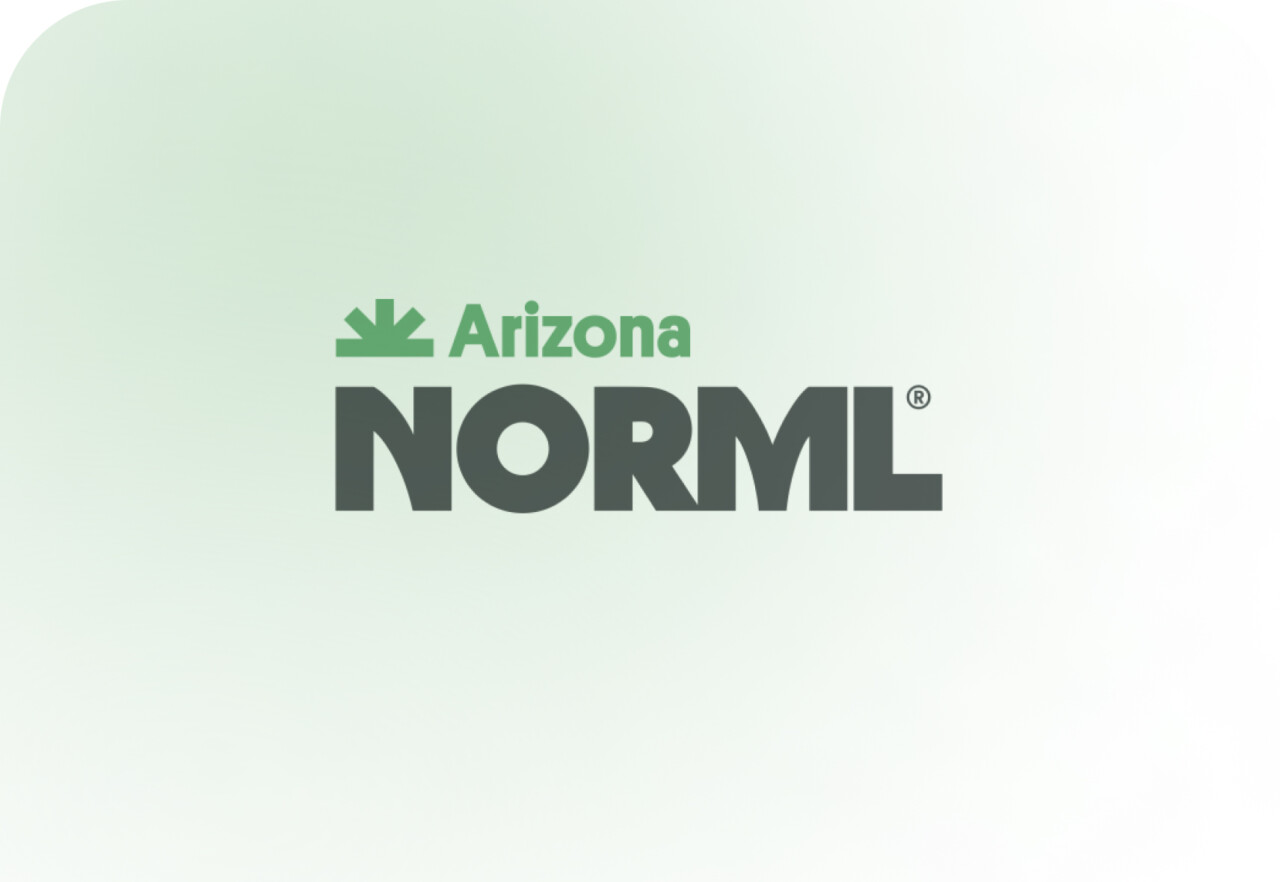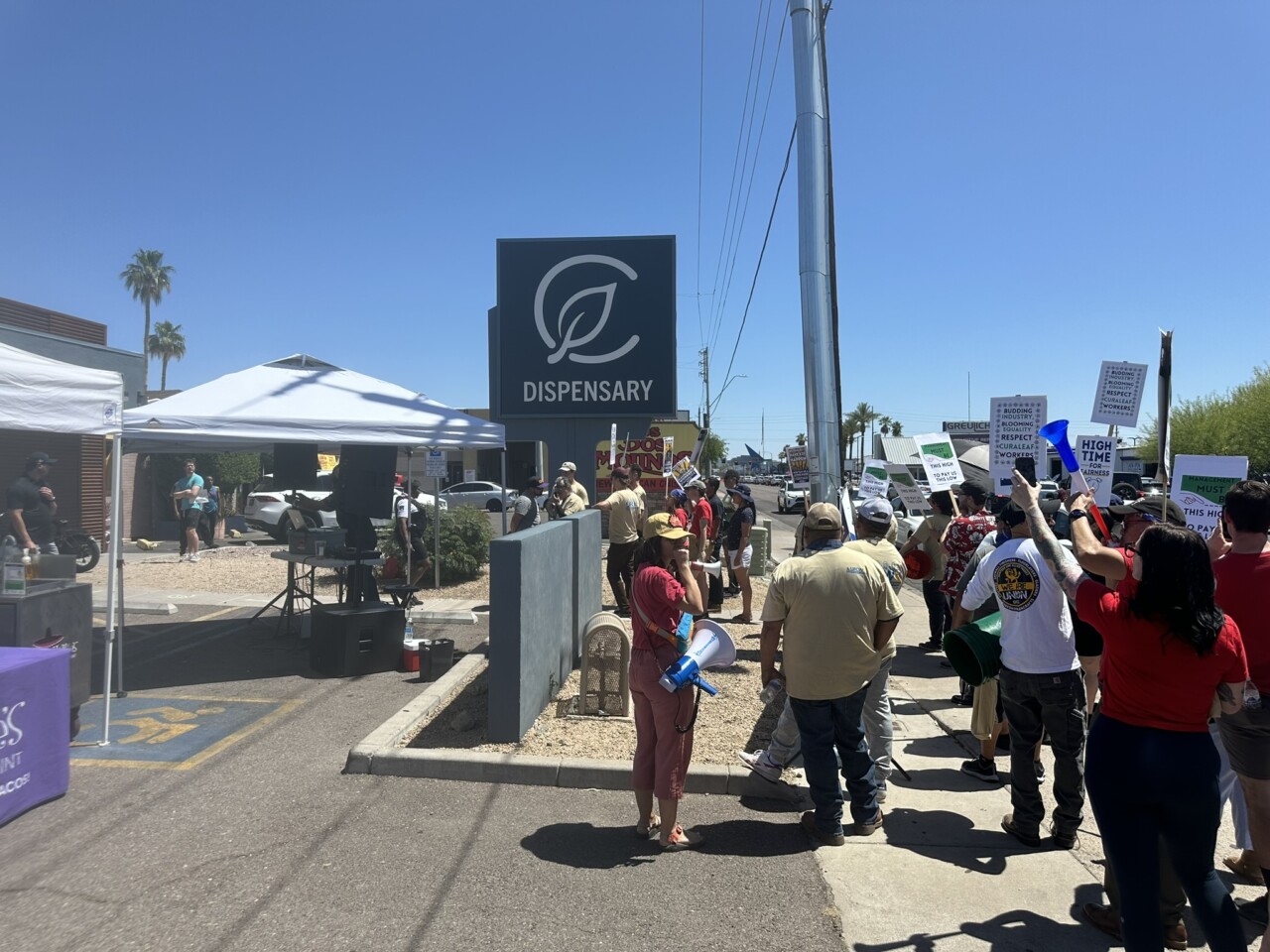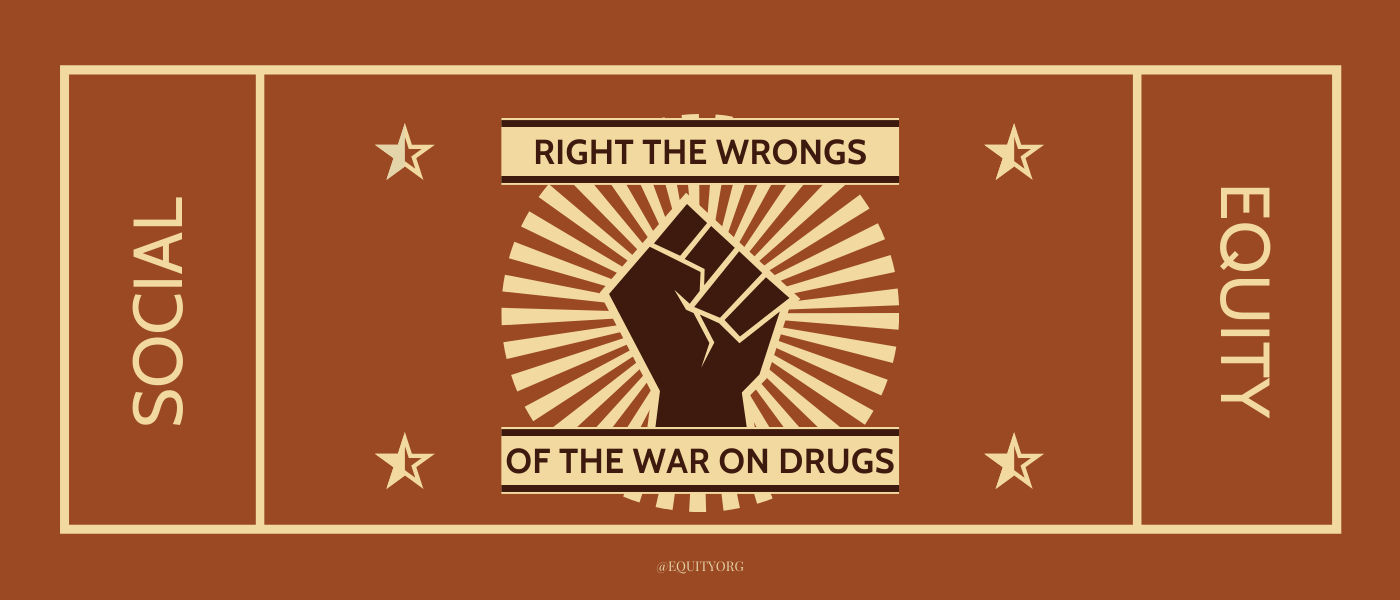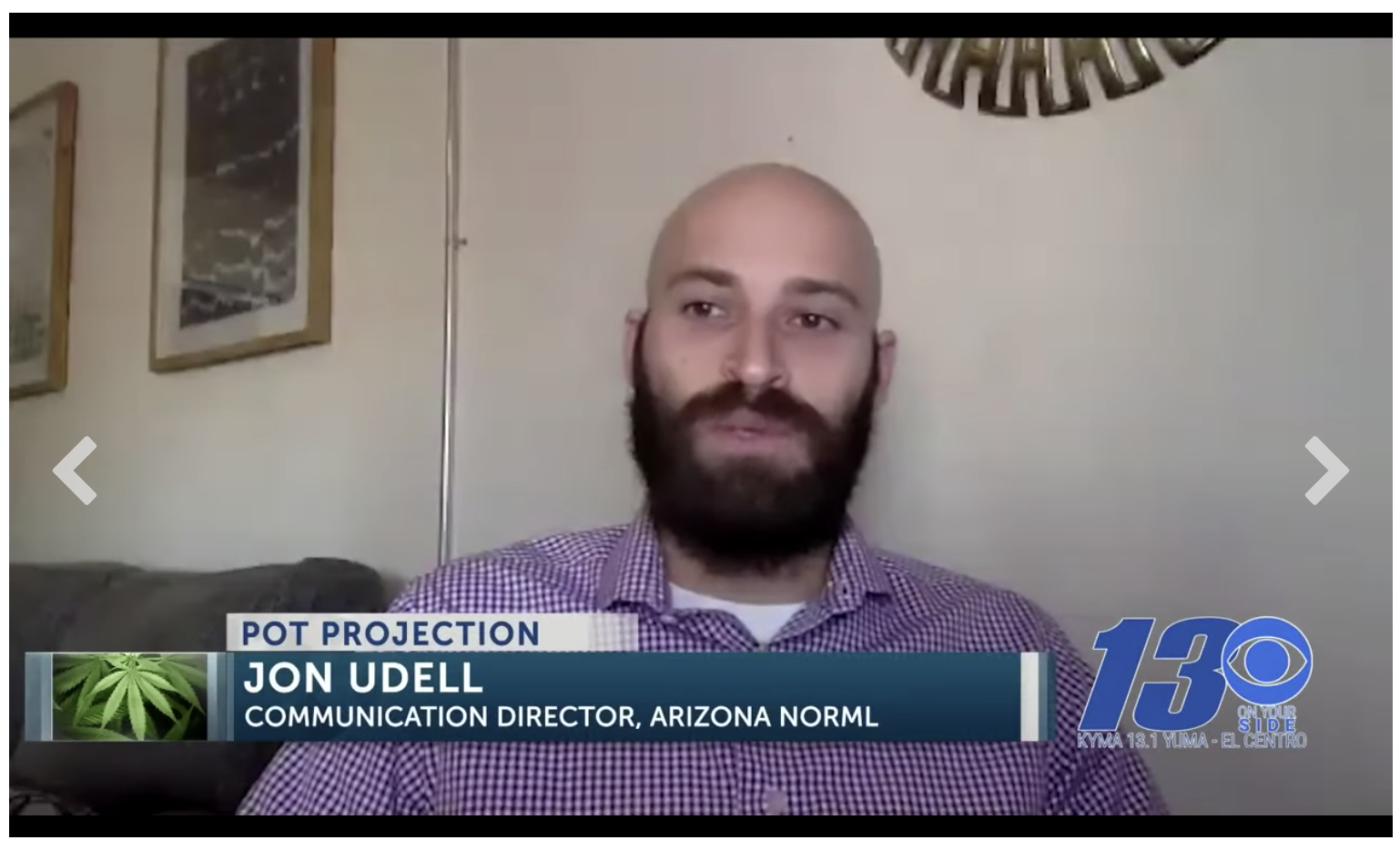
It’s been a year of preparation for those in the legalization movement. It’s a non-election year, with only one statewide measure on the ballot this November — Issue 3 in Ohio — which may answer the question of whether the lure of legalization will bring a surge of young voters to the polls in sufficient numbers to approve full legalization in an off-year election.
A victory in Ohio will challenge conventional wisdom that holds voter initiatives should never be scheduled in odd-numbered years; a defeat will reinforce the need to focus on even-numbered years.
2015 has also been a year of implementation of the legalization initiatives approved by the voters in Oregon and Alaska in 2014. Retail marijuana sales are scheduled to begin on October 1 this year in Oregon (the legislature enacted legislation permitting the existing medical marijuana dispensaries to begin selling to recreational users a year earlier than would have been the case under the terms of the voter initiative); while Alaska is still developing their regulations, hoping to have its retail stores up and running early in 2016.
2016 Should Be A Breakout Year
But the real focus for the legalization movement is 2016, a presidential-election year (when legalization initiatives generally do best) with full legalization initiatives expected to qualify for the ballot in several states, including Arizona, California, Maine. Massachusetts, Michigan, and Nevada. In addition, a coalition calling itself Show-Me Cannabis is mounting a serious effort in Missouri, although that seems less certain to qualify for the ballot; and voter initiative efforts have been announced in a handful of other states, including Wyoming (since withdrawn), Montana and Mississippi, that appear premature politically.
We have the real possibility of more than doubling the number of states with full legalization during 2016, which should boost the legalization movement into the political stratosphere and …read more
Source:: Weed Feed







Leave A Comment
You must be logged in to post a comment.